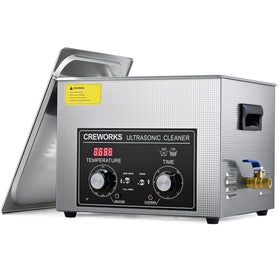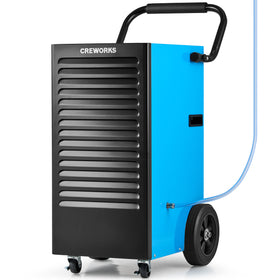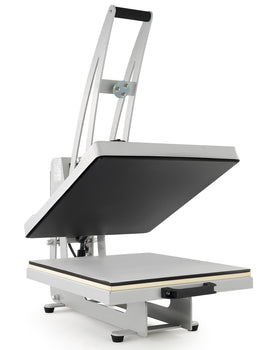With over 10000+ orders
With over 10000+ orders
Thinking about joining thousands of successful backyard beekeepers but overwhelmed by all the beginning beekeeping kits for sale? You're not alone. Many aspiring beekeepers struggle with choosing the right equipment and worry about making costly mistakes that could harm their colonies. Whether you're a sustainability enthusiast or someone dreaming of harvesting honey from your own hives, this guide will help you avoid common pitfalls and set up your first hive with confidence.
Before diving into equipment selection, let's understand what makes backyard beekeeping so rewarding. Beyond producing 60-100 pounds of honey annually, your hive strengthens local beekeeping communities and enhances garden productivity within a three-mile radius. With proper setup and management, feeding your bees becomes a fascinating journey of discovery rather than a daunting task.
Success in beekeeping often depends on timing. Early spring, particularly April to mid-May, provides optimal conditions because:
Timing significantly impacts your beehive's success. Early spring, particularly April to mid-May, offers optimal conditions for establishing new colonies. This period provides:

Professional beekeepers recommend positioning your hive:
For new beekeepers, choosing the right equipment can feel overwhelming. Quality hive components play a crucial role in both bee health and your beekeeping experience. When selecting your first hive, look for these essential features:
A well-designed beehive box should protect your colony while making maintenance manageable. We developed the CREWORKS Professional Beehive Box with beginner beekeepers in mind, incorporating features that experienced beekeepers recommend:
Source healthy bees through:
Follow these critical setup steps:
Monitor these essential factors:
Connect with experienced local beekeeping mentors who can guide you through critical processes like harvesting honey and seasonal management. These relationships often provide invaluable hands-on learning opportunities and support when you need it most.

Every experienced beekeeper knows that proper equipment care directly impacts colony health and honey production. Your hive tool, honey supers, and other metal components need regular attention to prevent rust and maintain food-grade safety standards.
Simple maintenance routines protect both your investment and your bees:
This is why choosing the right equipment matters. The CREWORKS 2-layer Langstroth Beehive Kit minimizes these concerns through thoughtful design. Our thickened bottom board and metal telescoping cover work together to maintain stable temperature and humidity levels, while the fir wood exterior naturally resists moisture. The simple dovetail construction reduces the number of metal components exposed to the elements, making maintenance more manageable for beginners.
For new beekeepers, selecting the right starter equipment is a crucial first step. A proper Langstroth beehive setup should provide both space for your colony to thrive and convenience for maintenance.
The CREWORKS 2-layer Langstroth Beehive Kit offers beginners a complete starting point with:

Our standard Langstroth design means you can expand your setup as your colony grows, while the 20-frame capacity provides 20% more honey production potential compared to 16-frame alternatives. The kit's 18.1" x 22" x 19.9" dimensions ensure ample space for both brood and honey production.
Successful beekeeping requires adapting your management style as seasons change. Feeding your bees correctly becomes particularly crucial during nectar dearth periods. Whether you're using syrup feeders in spring or preparing for winter, understanding seasonal needs helps maintain strong colonies year-round.
For new beekeepers, knowing when and how to harvest honey makes the difference between success and disappointment. Your honey supers should be at least 80% capped before harvesting begins. Professional beekeepers recommend:
Starting your beekeeping journey doesn't have to be overwhelming. With quality beginning beekeeping kits for sale, proper guidance, and attention to essential details, you're well-equipped to join the rewarding world of backyard beekeeping. Remember, successful beekeepers focus on both colony health and proper equipment maintenance.
Ready to begin your beekeeping adventure? Explore Creworks Professional Beehive Box, designed with new beekeepers in mind. Creworks equipment combines traditional wisdom with modern innovation to support your success from day one.











